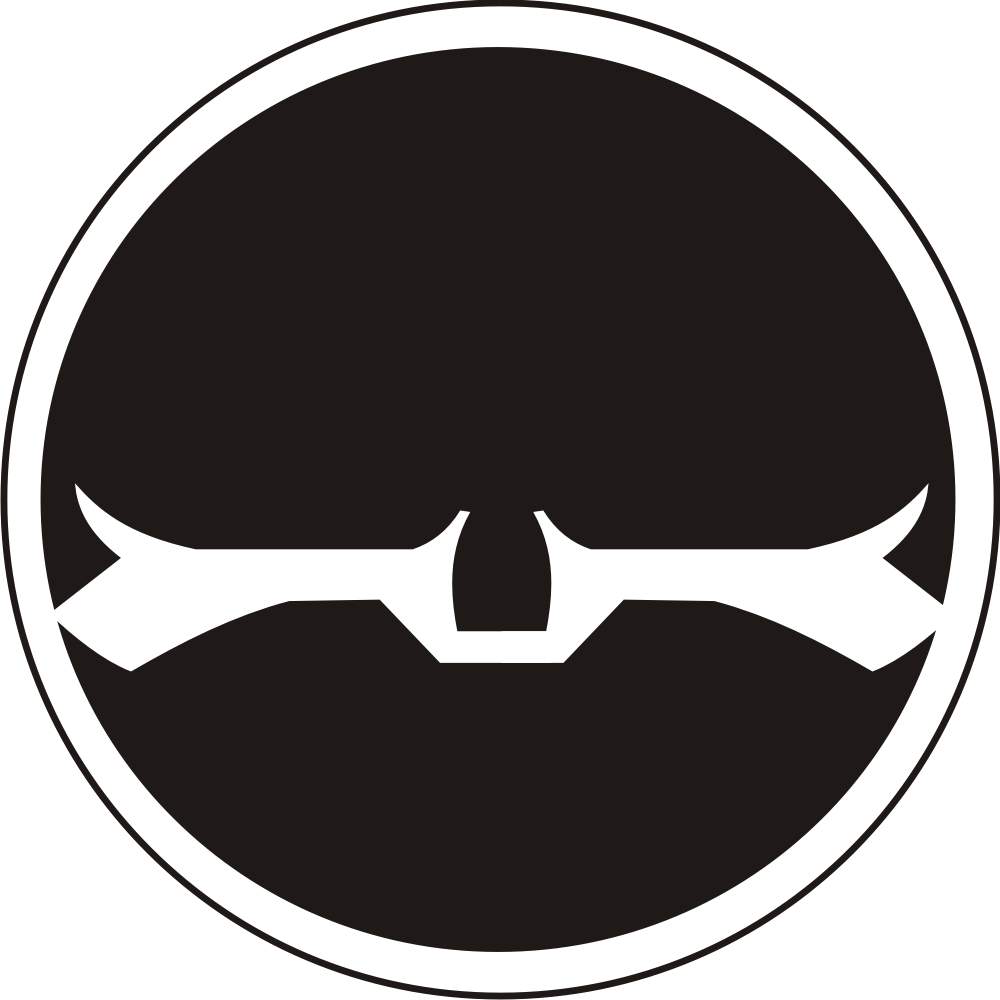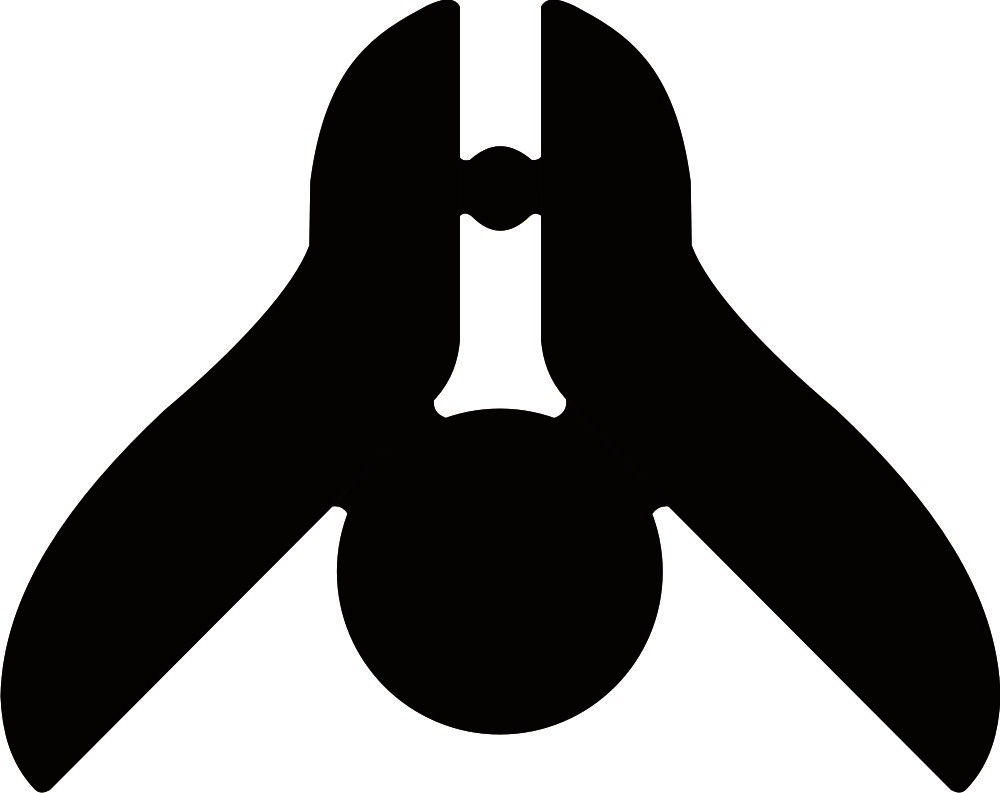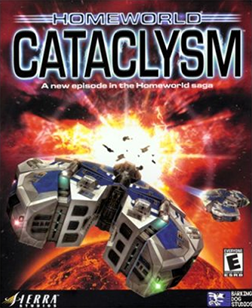One that you may rarely hear, but deserves a place alongside those greats, is Homeworld.
Originally developed by Relic Entertainment, Homeworld was a breakthrough when it was
 released in 1999. While other games, such as Blizzard's Starcraft, "looked" 3 dimensional, they never made use of one of the dimensions, that of the up or down axis. To be fair, Starcraft did make some use of it, in that flying units could only be attacked by other flying units or ones able to strike air targets, but that barely counts.
released in 1999. While other games, such as Blizzard's Starcraft, "looked" 3 dimensional, they never made use of one of the dimensions, that of the up or down axis. To be fair, Starcraft did make some use of it, in that flying units could only be attacked by other flying units or ones able to strike air targets, but that barely counts.Relic eschewed the idea of basing the game on the ground and went to the final frontier, space. They weren't the first, however. Even Starcraft took place partially in space. But Homeworld made use of it. You could direct your fighters to attack from below, above, and any other direction you could think of.
And it mattered, too. The more powerful units, such as the deadly Ion Cannon Frigate, could only fire in one direction (in the Ion Cannon Frigate's case, directly ahead of it). This left ships vulnerable in certain locations. If you weren't careful, your fleet of corvettes (small strike crafts suited to attacking larger, slower ships) would be chewed apart before they even reached their target. But if you attacked from a location that the secondary guns (or even the primary ones if they were located in the righ tposition) couldn't cover the ship from, you could easily destroy it.
In other words? Pay attention.
Emotions
One of the things the original Homeworld was known for was a good storyline. Among those who play it, many particularly remember one stirring scene. I won't spoil it here, but the scene makes use of Samuel Barber's Agnus Dei (the choral portion accompanying his famous Adagio for Strings). To this day, even 10 years after I played it, whenever I hear that sad, somber song, I can recall the scene in my head. One of the few times I felt goosebumps for a game.
A Game Divided
Homeworld offered something that a number of its fellow RTS games offered: Different sides.
 While both played through the same story, which side you chose, Taiidan
While both played through the same story, which side you chose, Taiidan  (right) or Kushan (left), would impact certain units you would get as well as the overall design of yoru fleet (Taiidan being more insect-like and Kushan being more rounded). In the following sequels, though, it was made canon that the "correct" race to play was the Kushan.
(right) or Kushan (left), would impact certain units you would get as well as the overall design of yoru fleet (Taiidan being more insect-like and Kushan being more rounded). In the following sequels, though, it was made canon that the "correct" race to play was the Kushan.Sequels
So far, Homeworld has had two sequels. Homeworld: Cataclysm, developed by Barking Dog Studios, and Homeworld 2, developed by Relic Entertainment.
 Homeworld: Cataclysm, I feel, gets a bum rap from other fans of the game. Though I'll admit that the story doesn't seem to fit in anywhere (Homeworld 2 has no mention of the Kiith Somtaaw, the Clan of Hiigarans [formerly the Kushan] that you play as), the story itself is quite good, if maybe a little cliched. A relatively small clan forced off their homeworld and mining for a living, one of the three major ships for the clan comes across a relic. Their actions with the relic unleashes a biomechanical nightmare known as the Beast. Homeworld follows their exploits as they battle it, slowly turning from a simple mining guild to a force to be reckowned with.
Homeworld: Cataclysm, I feel, gets a bum rap from other fans of the game. Though I'll admit that the story doesn't seem to fit in anywhere (Homeworld 2 has no mention of the Kiith Somtaaw, the Clan of Hiigarans [formerly the Kushan] that you play as), the story itself is quite good, if maybe a little cliched. A relatively small clan forced off their homeworld and mining for a living, one of the three major ships for the clan comes across a relic. Their actions with the relic unleashes a biomechanical nightmare known as the Beast. Homeworld follows their exploits as they battle it, slowly turning from a simple mining guild to a force to be reckowned with.I love the original Homeworld, but it does rank up there as one of the toughest games I have ever played. That may just be my experience, but one of the first missions, after you gain full control and start making your way "Home," I constantly lost against an enemy fleet of Ion Cannon Frigates. They would turn my ship into metallic swiss cheese. Took me a few years break before I finally pushed through.
Cataclysm is a bit easier. There are still hard missions, missions that will make you sweat, but it is, on the whole, easier. I also found the new units of the Kiith Somtaaw to be a refreshing change from the old Kushan.

Homeworld 2, I barely played. Though given decent ratings throughout, the bit that I did play didn't feel so much like the Homeworld of old. I never had any problems with managing units in the first two, but this one felt cluttered, confusing. And this was with me being older and better able to manage things, to boot.
Rising from the Ashes
Now and again I hear of rumors of a new Homeworld sequel. Although I was largely disappointed in Homeworld 2, I can't deny that it has my attention. Given how the gaming industry seems to be focusing on sequels a bit as of late, it is possible for a sequel to be made. But I fear that I will hold it up to incredibly tough standards. We shall see.
No comments:
Post a Comment